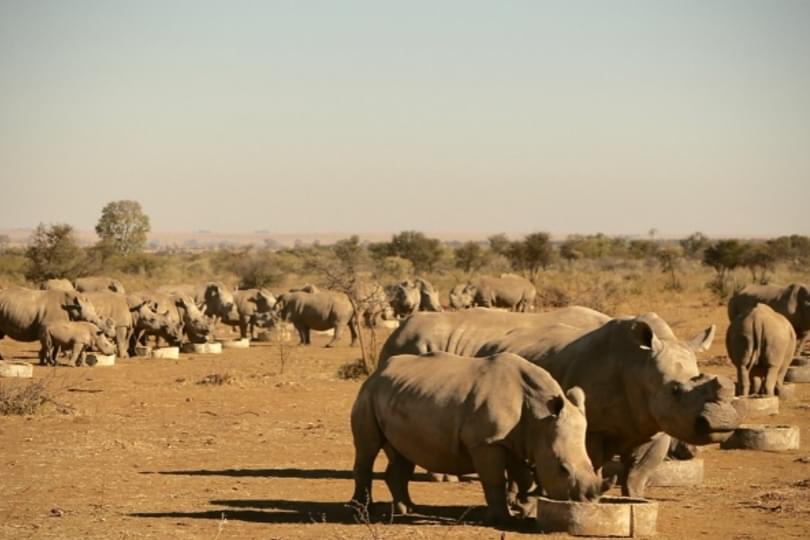
The rapidly growing awareness of the serious extent to which illegal and unsustainable wildlife exploitation threatens the conservation of many endangered species is certainly timely. Yet amidst the current fervour for combatting illegal wildlife trade, the use of certain policy measures may be confounded by the continued existence of residual legal activities that potentially complicate both enforcement and efforts to change consumer behaviour. For this reason, many activists prefer an uncompromising approach: total prohibition of all forms of legal supply, consumptive use and trade of endangered species products, supported by simple demand reduction messaging to consumers of the ‘just say no’ variety. However, this extreme approach may be neither realistically achievable nor even desirable.
At present, legal supply – and even some legal trade – of certain endangered species products persists. For example, significant numbers of tigers, lions, bears and even rhinos are maintained in commercial captive breeding operations in countries such as China, Vietnam, Laos, Thailand and South Africa, yielding considerable volumes of marketable products. Residual legal trade in antique elephant ivory and rhino horn artefacts also persists in many countries and some elephant and rhino range states continue to accumulate official stockpiles of raw ivory and rhino horn. Attempts to curtail these activities through international pressure have met with obvious resistance from certain countries and powerful interest groups within them, including numerous persistent consumers. It seems likely that captive live specimens and product stockpiles will continue to challenge policy-makers for the foreseeable future.
Before investing substantial resources in trying to eliminate such residual supply sources, policy-makers should carefully consider the extent to which these in fact threaten wild populations of endangered species. One hypothesis holds that the existence of any commercial captive breeding operations and saleable stocks of endangered species products both stimulates demand for illegal, wild-harvested products of those species and provides cover for illegal activity. However, as an alternative hypothesis captive populations and product stockpiles may provide a critical ‘buffer’ role, shielding wild populations from certain forms of illegal exploitation by meeting persistent residual demand or acting as a deterrent to coordinated overexploitation aimed at ‘banking on extinction’.
The answer as to which hypothesis is correct may vary with species, geography and circumstance: there are numerous factors that must be considered, including whether consumers might co-operate in discerning between supply sources that are legal, ethical and sustainable and those that are not. Careful examination of multiple cases may result in a deeper understanding of some of the typical critical factors and risks. Using contemporary techniques such as participatory modelling and scenario analysis, the Oxford Martin Programme on the Illegal Wildlife Trade will seek to assess conditions under which policy decisions are robust to uncertainty. We intend to draw on existing accessible data to engage with difficult decisions relating to rhino poaching and lion bone trade policy and hope to learn broader lessons that might apply to issues such as residual elephant ivory trade and the management of accumulating stockpiles of endangered species products subject to persistent consumer demand.
This opinion piece reflects the views of the author, and does not necessarily reflect the position of the Oxford Martin School or the University of Oxford. Any errors or omissions are those of the author.
